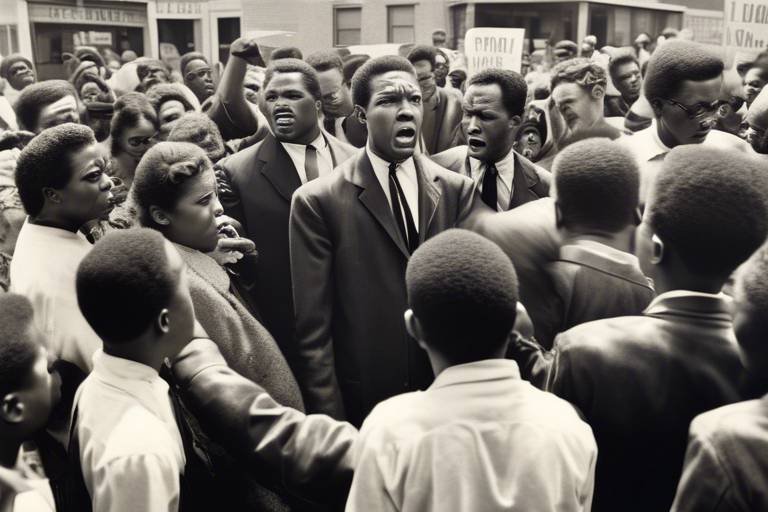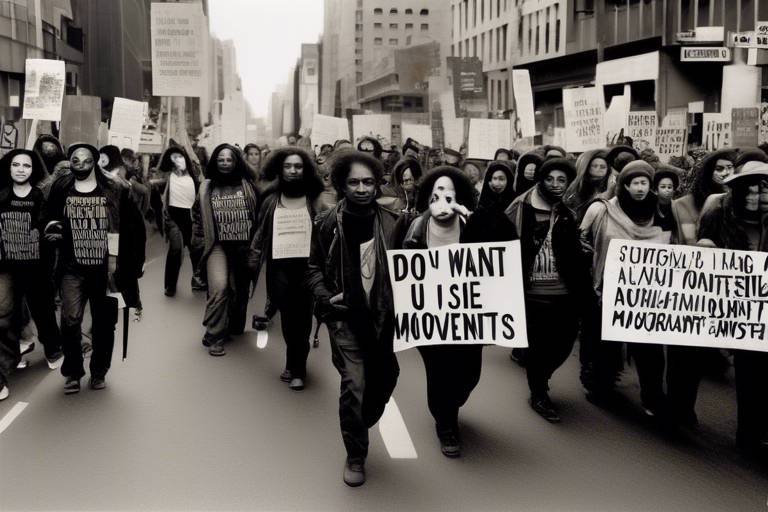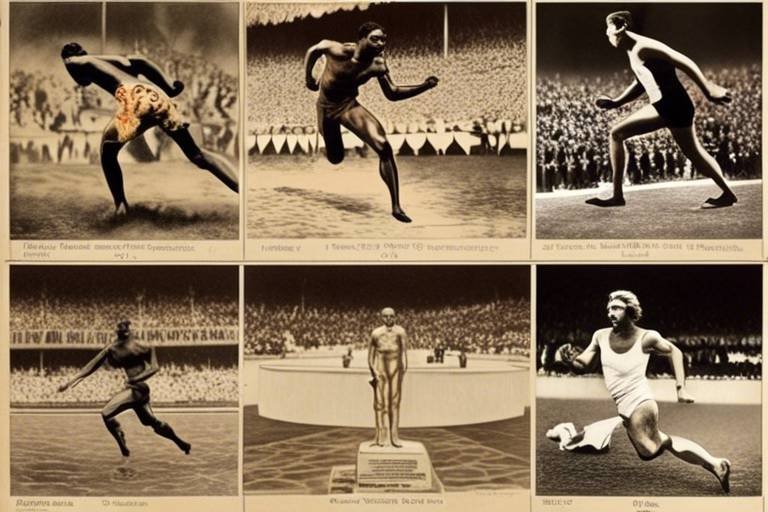The Causes and Effects of the American Civil Rights Movement
The American Civil Rights Movement was a pivotal period in the history of the United States, marked by significant social, political, and legislative changes. Rooted in the deep-seated racial segregation and discrimination faced by African Americans, the movement emerged as a powerful force for change, challenging the status quo and demanding equality for all. The effects of this movement reverberate to this day, shaping the fabric of American society and inspiring ongoing struggles for justice and equality.
The roots of the American Civil Rights Movement can be traced back to the pervasive racial segregation and discrimination that plagued the United States for centuries. African Americans faced systemic oppression, denied basic rights, and subjected to dehumanizing treatment. The stark disparities in access to education, employment, and public services fueled the urgent need for a movement that would dismantle these barriers and advocate for equal rights.
Central to the success of the Civil Rights Movement were visionary leaders and activists who fearlessly championed the cause of equality. Figures like Martin Luther King Jr., Rosa Parks, and Malcolm X emerged as beacons of hope, galvanizing communities, organizing protests, and mobilizing support for civil rights initiatives. Their unwavering dedication and strategic activism played a crucial role in advancing the movement's goals.
The legal landscape of the Civil Rights Movement was shaped by landmark cases that challenged segregation and discrimination. The historic ruling in Brown v. Board of Education declared racial segregation in schools unconstitutional, laying the groundwork for desegregation efforts across the country. Supreme Court decisions paved the way for the enactment of laws that safeguarded civil rights and promoted equality under the law.
A defining characteristic of the Civil Rights Movement was its commitment to nonviolent resistance and civil disobedience. Through peaceful protests, sit-ins, and marches, activists effectively drew attention to injustices, confronting oppression with courage and dignity. The power of nonviolent action resonated deeply, compelling individuals and institutions to confront the realities of racial inequality.
The media played a crucial role in shaping public opinion and influencing the trajectory of the Civil Rights Movement. Through extensive coverage of protests, marches, and key events, the media spotlight illuminated the struggles and triumphs of civil rights activists. Public reactions, both supportive and hostile, reflected the complex dynamics at play and underscored the importance of widespread awareness and engagement.
The legislative victories of the Civil Rights Movement culminated in the passage of groundbreaking laws that transformed the legal landscape of the United States. The Civil Rights Act of 1964 prohibited discrimination based on race, color, religion, sex, or national origin, marking a significant milestone in the fight for equality. The Voting Rights Act of 1965 further solidified voting rights protections, ensuring greater political participation for marginalized communities.
Beyond legal and political changes, the Civil Rights Movement had profound social and cultural implications, reshaping attitudes and norms around race and diversity. The movement sparked conversations about equity, inclusion, and justice, challenging individuals and institutions to confront their biases and embrace the principles of equality. Its legacy continues to inspire movements for social change and foster a more inclusive society.
The legacy of the American Civil Rights Movement endures in the ongoing struggles for racial equality and social justice. While significant progress has been made, challenges persist, and disparities continue to impact marginalized communities. The movement's enduring impact serves as a reminder of the power of collective action and the importance of upholding the principles of equality and justice for all.
Here are some common questions about the American Civil Rights Movement:
- What were the main goals of the Civil Rights Movement? The main goals of the Civil Rights Movement were to end racial segregation and discrimination, secure equal rights and opportunities for African Americans, and promote social justice and equality for all individuals.
- How did nonviolent resistance shape the Civil Rights Movement? Nonviolent resistance was a key strategy employed by civil rights activists to draw attention to injustices and challenge oppressive systems. Through peaceful protests and civil disobedience, activists effectively mobilized support and catalyzed change.
- What role did leadership play in the success of the Civil Rights Movement? Visionary leaders like Martin Luther King Jr., Rosa Parks, and others played pivotal roles in organizing protests, mobilizing communities, and advocating for civil rights. Their leadership inspired collective action and galvanized the movement towards achieving its goals.
- How did the media influence the Civil Rights Movement? The media played a significant role in shaping public opinion and raising awareness about civil rights issues. Extensive media coverage of protests and key events helped mobilize support for the movement and shed light on the injustices faced by African Americans.

Racial Segregation and Discrimination
Exploring the historical factors that led to the emergence of the American Civil Rights Movement and examining its lasting impact on society and legislation.
Racial segregation and discrimination were deeply entrenched in American society, particularly against African Americans, creating a system of inequality and injustice. African Americans faced systemic racism in various aspects of life, from education to public facilities, which fueled the urgent need for a civil rights movement to address these pervasive issues.
The discriminatory practices, such as Jim Crow laws, disenfranchisement, and segregation, marginalized African Americans, denying them basic rights and opportunities that were readily available to white Americans. This oppressive environment sowed the seeds of discontent and resistance, sparking a wave of activism and calls for change.
Through the lens of racial segregation and discrimination, the American Civil Rights Movement emerged as a response to the profound injustices faced by African Americans, challenging the status quo and demanding equal rights and treatment under the law.
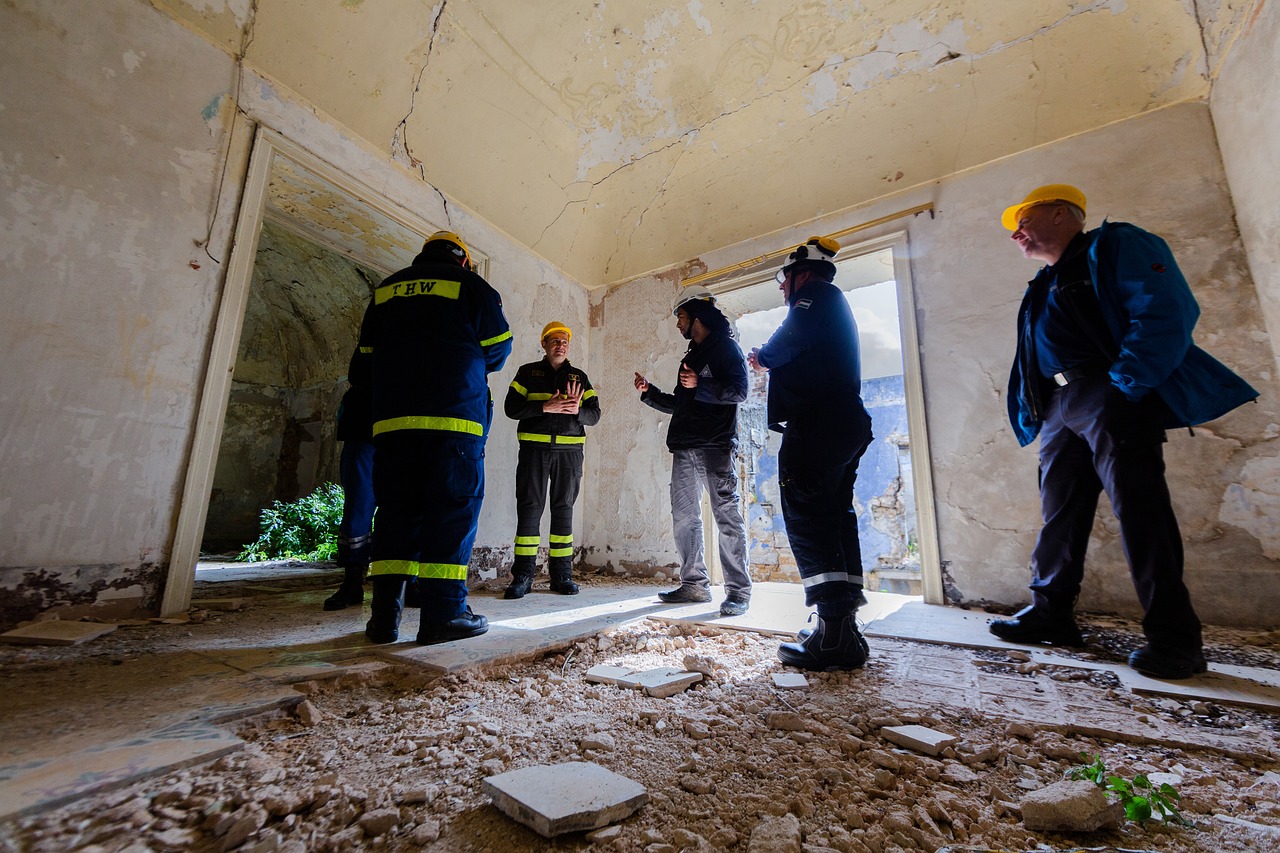
Leadership and Activism
Exploring the historical factors that led to the emergence of the American Civil Rights Movement and examining its lasting impact on society and legislation.
Discussing the systemic racism and inequality faced by African Americans in the United States, sparking the need for a civil rights movement.
During the American Civil Rights Movement, key figures like Martin Luther King Jr. and Rosa Parks stood out as beacons of change. Their leadership and activism were instrumental in organizing protests, advocating for civil rights, and inspiring millions to join the cause. Through their courage and determination, they became symbols of hope and catalysts for social transformation.
Analyzing landmark cases such as Brown v. Board of Education and their influence on desegregation and equal rights laws.
Examining the strategies of peaceful protests, sit-ins, and marches employed by civil rights activists to bring attention to their cause.
Exploring how the media's portrayal of civil rights events and public reactions influenced the momentum and outcomes of the movement.
Detailing the passage of significant legislation like the Civil Rights Act of 1964 and Voting Rights Act of 1965, shaping equality laws.
Assessing the broader societal shifts in attitudes towards race, diversity, and inclusion catalyzed by the civil rights movement.
Evaluating the enduring effects of the movement on contemporary civil rights issues and the continued fight for racial equality in America.

Legal Challenges and Supreme Court Decisions
Exploring the historical factors that led to the emergence of the American Civil Rights Movement and examining its lasting impact on society and legislation.
Discussing the systemic racism and inequality faced by African Americans in the United States, sparking the need for a civil rights movement.
Highlighting key figures like Martin Luther King Jr. and Rosa Parks, who played pivotal roles in organizing protests and advocating for civil rights.
When delving into the Legal Challenges and Supreme Court Decisions of the American Civil Rights Movement, one cannot overlook the monumental impact of cases such as Brown v. Board of Education. This landmark decision in 1954 declared state laws establishing separate public schools for black and white students unconstitutional, thus overturning the infamous "separate but equal" doctrine established in Plessy v. Ferguson. The ruling marked a significant step towards desegregation and equal rights in the United States, setting a precedent for future civil rights legislation.
Examining the strategies of peaceful protests, sit-ins, and marches employed by civil rights activists to bring attention to their cause.
Exploring how the media's portrayal of civil rights events and public reactions influenced the momentum and outcomes of the movement.
Detailing the passage of significant legislation like the Civil Rights Act of 1964 and Voting Rights Act of 1965, shaping equality laws.
Assessing the broader societal shifts in attitudes towards race, diversity, and inclusion catalyzed by the civil rights movement.
Evaluating the enduring effects of the movement on contemporary civil rights issues and the continued fight for racial equality in America.
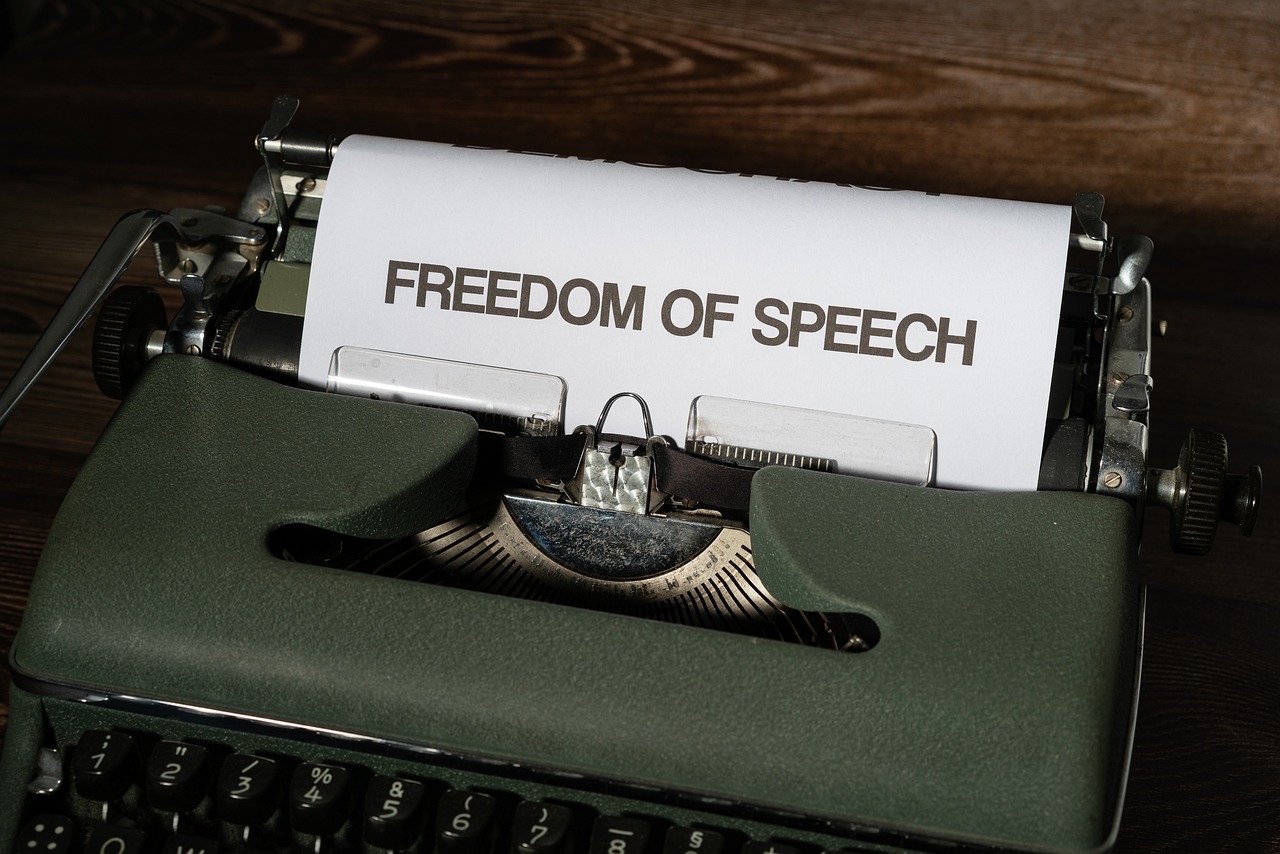
Nonviolent Resistance and Civil Disobedience
Nonviolent resistance and civil disobedience were powerful tools utilized by civil rights activists during the American Civil Rights Movement. Instead of meeting violence with violence, leaders like Martin Luther King Jr. and Rosa Parks advocated for peaceful protests and acts of civil disobedience to challenge unjust laws and societal norms.
One iconic example of nonviolent resistance was the Montgomery Bus Boycott in 1955, sparked by Rosa Parks' refusal to give up her seat to a white passenger. This protest, which lasted for over a year, demonstrated the power of collective noncooperation and led to the eventual desegregation of public transportation in Montgomery, Alabama.
Another significant strategy employed was sit-ins, where African American protesters peacefully occupied segregated spaces like lunch counters to demand equal treatment. These acts of civil disobedience drew attention to the injustices of segregation and forced the public to confront the realities of racial discrimination.
Furthermore, marches such as the Selma to Montgomery march in 1965 highlighted the determination and unity of the civil rights movement. Despite facing violence and opposition, activists marched nonviolently to demand voting rights for African Americans, ultimately leading to the passage of the Voting Rights Act of 1965.
By choosing nonviolent resistance over aggression, civil rights activists were able to garner sympathy and support from the broader American public. The moral high ground gained through peaceful protests helped to expose the brutality of segregation and discrimination, leading to increased awareness and calls for change.
Overall, nonviolent resistance and civil disobedience played a crucial role in shaping the American Civil Rights Movement, demonstrating the power of peaceful activism in effecting social and legislative change.

Public Opinion and Media Coverage
Exploring the historical factors that led to the emergence of the American Civil Rights Movement and examining its lasting impact on society and legislation.
Discussing the systemic racism and inequality faced by African Americans in the United States, sparking the need for a civil rights movement.
Highlighting key figures like Martin Luther King Jr. and Rosa Parks, who played pivotal roles in organizing protests and advocating for civil rights.
Analyzing landmark cases such as Brown v. Board of Education and their influence on desegregation and equal rights laws.
Examining the strategies of peaceful protests, sit-ins, and marches employed by civil rights activists to bring attention to their cause.
Exploring how the media's portrayal of civil rights events and public reactions influenced the momentum and outcomes of the movement.
Detailing the passage of significant legislation like the Civil Rights Act of 1964 and Voting Rights Act of 1965, shaping equality laws.
Assessing the broader societal shifts in attitudes towards race, diversity, and inclusion catalyzed by the civil rights movement.
Evaluating the enduring effects of the movement on contemporary civil rights issues and the continued fight for racial equality in America.
Stay tuned for answers to common queries about the American Civil Rights Movement.

Legislative Changes and Civil Rights Acts
The American Civil Rights Movement brought about significant legislative changes that reshaped the legal landscape of the United States. One of the most pivotal pieces of legislation was the Civil Rights Act of 1964, which outlawed discrimination based on race, color, religion, sex, or national origin. This landmark law not only addressed segregation and unequal treatment but also laid the groundwork for future civil rights protections.
Another crucial legislative milestone was the Voting Rights Act of 1965, which aimed to overcome barriers to voting for African Americans, particularly in the South. By prohibiting discriminatory voting practices, such as literacy tests and poll taxes, the act sought to ensure equal access to the ballot box for all citizens.
These civil rights acts were not merely symbolic gestures but had tangible effects on society. They set a precedent for equality under the law and challenged entrenched systems of discrimination. Through these legislative changes, the American government took a stand against institutionalized racism and affirmed the rights of all individuals to be treated fairly and equally.
Moreover, the passage of these acts signaled a shift in national priorities towards justice and inclusivity. By enacting laws that promoted equality and protected civil liberties, the government acknowledged the need for systemic reform and the importance of upholding the principles of democracy.
Overall, the legislative changes and civil rights acts that emerged from the American Civil Rights Movement marked a turning point in the country's history. They not only addressed the immediate injustices faced by African Americans but also laid the foundation for a more equitable and inclusive society.
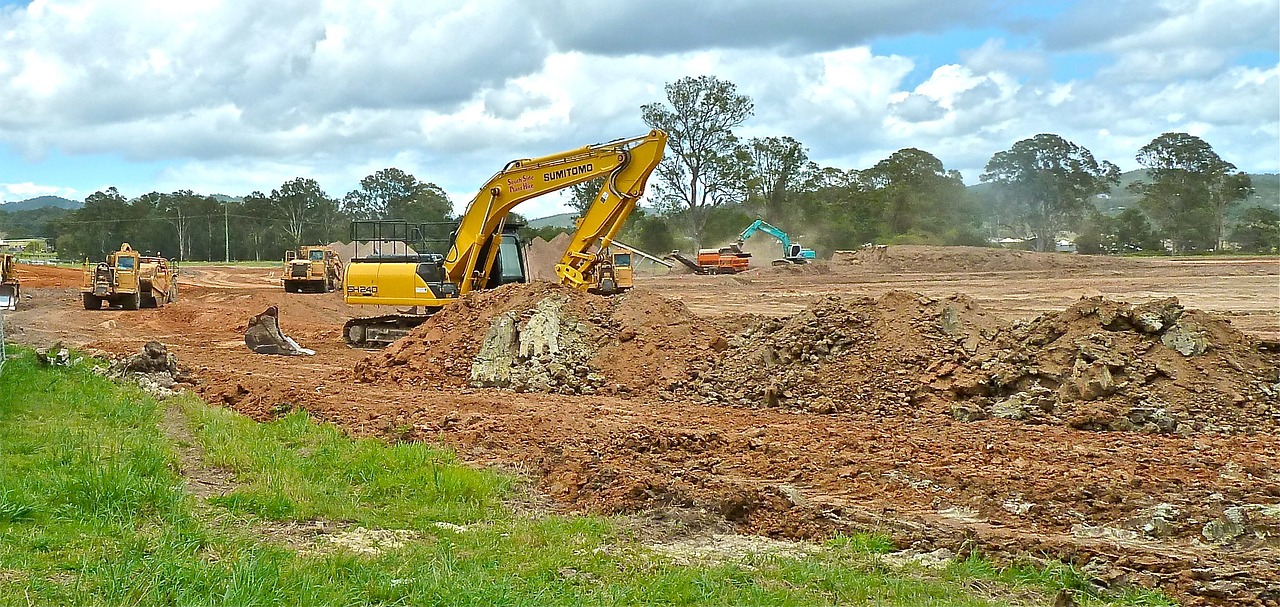
Social and Cultural Impact
The American Civil Rights Movement had a profound impact on the social and cultural landscape of the United States. It challenged deeply ingrained racial prejudices and sparked conversations about equality and justice that reverberated throughout society. One of the most significant outcomes of the movement was the breakdown of institutionalized segregation, leading to more integrated schools, workplaces, and public spaces.
Furthermore, the civil rights movement played a pivotal role in reshaping societal attitudes towards race and diversity. It forced Americans to confront the realities of discrimination and inequality, prompting a shift towards greater inclusivity and acceptance of different racial backgrounds. This shift in mindset laid the foundation for a more diverse and tolerant society.
Moreover, the cultural impact of the civil rights movement extended beyond legislation and policy changes. It inspired a wave of artistic expression, with music, literature, and art reflecting the themes of equality and social justice. Artists and activists used their platforms to amplify the voices of marginalized communities and advocate for change.
The civil rights movement also influenced popular culture, with films, television shows, and media outlets beginning to portray more diverse and nuanced representations of race. This cultural shift helped challenge stereotypes and promote a more accurate and inclusive portrayal of America's racial diversity.
Overall, the social and cultural impact of the American Civil Rights Movement was far-reaching, reshaping attitudes, policies, and cultural expressions in profound ways that continue to resonate today.
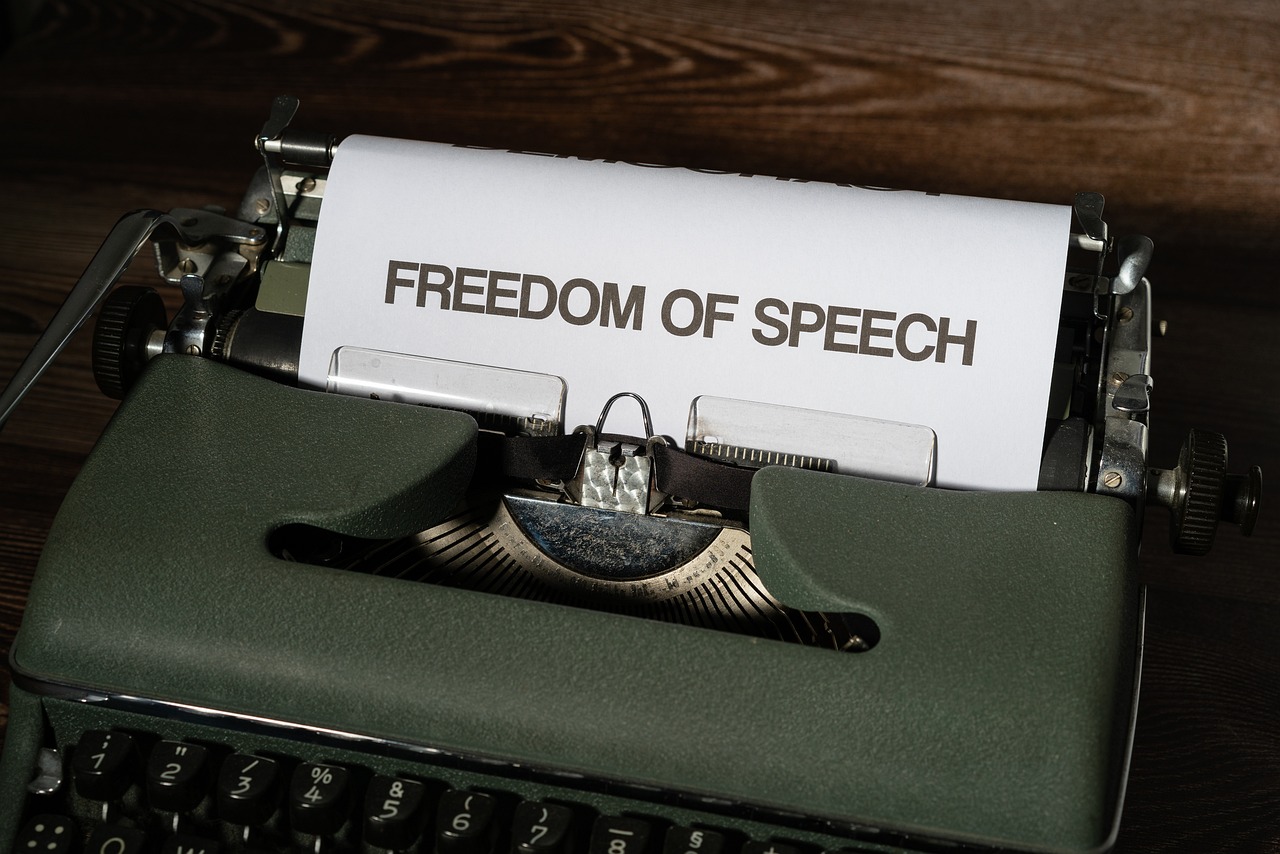
Legacy and Ongoing Struggles
The legacy of the American Civil Rights Movement is deeply ingrained in the fabric of American society, leaving an indelible mark on the nation's history. The movement's impact continues to reverberate through ongoing struggles for racial equality and justice, shaping the contemporary landscape of civil rights activism.
One of the most significant legacies of the civil rights movement is the heightened awareness and advocacy for equal rights and opportunities for all individuals, regardless of race. The movement served as a catalyst for change, inspiring future generations to stand up against discrimination and inequality.
Despite the progress made during the civil rights era, ongoing struggles persist in the fight for racial equality. Issues such as systemic racism, police brutality, and disparities in education and employment continue to plague communities of color, underscoring the need for continued activism and advocacy.
The legacy of the civil rights movement also extends to the realm of legislation and policy-making. The landmark civil rights acts of the 1960s laid the foundation for legal protections against discrimination and segregation, but challenges remain in ensuring the full implementation and enforcement of these laws.
Moreover, the legacy of the civil rights movement is reflected in the cultural shifts and changing attitudes towards race and diversity in American society. The movement sparked conversations about privilege, power dynamics, and the importance of inclusivity, paving the way for greater representation and acceptance of diverse voices.
As we reflect on the legacy of the American Civil Rights Movement, it is clear that the struggles for racial equality are far from over. The ongoing fight for justice and equality requires continued dedication, activism, and solidarity to address the deep-rooted issues that persist in our society.
Frequently Asked Questions
- What were the main goals of the American Civil Rights Movement?
The primary goals of the American Civil Rights Movement were to end racial segregation and discrimination, secure equal rights and opportunities for African Americans, and combat systemic racism prevalent in society.
- Who were some key figures in the Civil Rights Movement?
Notable figures in the Civil Rights Movement include Martin Luther King Jr., Rosa Parks, Malcolm X, John Lewis, and many others who played crucial roles in advocating for civil rights and social justice.
- What role did nonviolent resistance play in the movement?
Nonviolent resistance, including peaceful protests, sit-ins, and marches, was a prominent strategy used by civil rights activists to draw attention to their cause, garner public support, and effect social change without resorting to violence.
- How did the media influence the Civil Rights Movement?
The media played a significant role in shaping public opinion and awareness of civil rights issues by covering key events such as protests, rallies, and acts of discrimination, which in turn mobilized support for the movement and pressured policymakers to enact change.
- What legislative changes resulted from the Civil Rights Movement?
The Civil Rights Movement led to the passage of crucial legislation like the Civil Rights Act of 1964 and the Voting Rights Act of 1965, which outlawed segregation, discrimination, and voter suppression, marking significant strides towards equality and justice.

